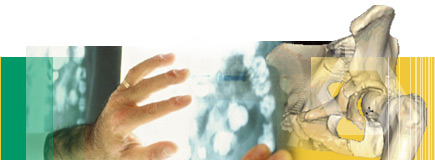 |
||
|
Digital Imaging Workflow Planning and Implementation Strategy (as per RACS DDI Options)
To provide optimal patient care, clinicians frequently need access to high quality diagnostic imaging to confirm or make diagnoses, and to plan treatment. The move to digital diagnostic imaging capture, distribution and access is inevitable, and distribution of images on film will become progressively obsolete and unavailable. Although digital technology can deliver many advantages, clinicians frequently report that they experience difficulties accessing such images in a quality and form that facilitates patient care. To successfully achieve the transition to digital imaging, clinicians will need to modify image access and viewing technology in the clinic, wards and operating theatre, and this may require certain workflow changes and equipment upgrading. There must also be a recognition by imaging vendors and providers that clinicians may have particular needs and circumstances that differ from Radiology users, and these must be appreciated and addressed for a successful transition.
There are a number of aspects to digital imaging distribution, access and archiving, and these can be divided into 6 process steps: The format of the imaging data (Image Data Format)
The way the image data is distributed (Image Data Distribution) The means of reading the images (Image Data Reading) The means of displaying the images (Image Data Display) The options to measure and template the images (Image Data Manipulation) The means of storage of the image data in the longer term (Image Data Archiving) Each of these 6 process steps relating to provision of digital images to the clinician needs to be adequately addressed to optimally support patient care.
This table links to pages that provide more details on the particular digital imaging delivery steps.
|
|||||||||
 |
©
2007 - 2025 clinPACS | disclaimer
| legal notice website design by WorldWeb | credits |